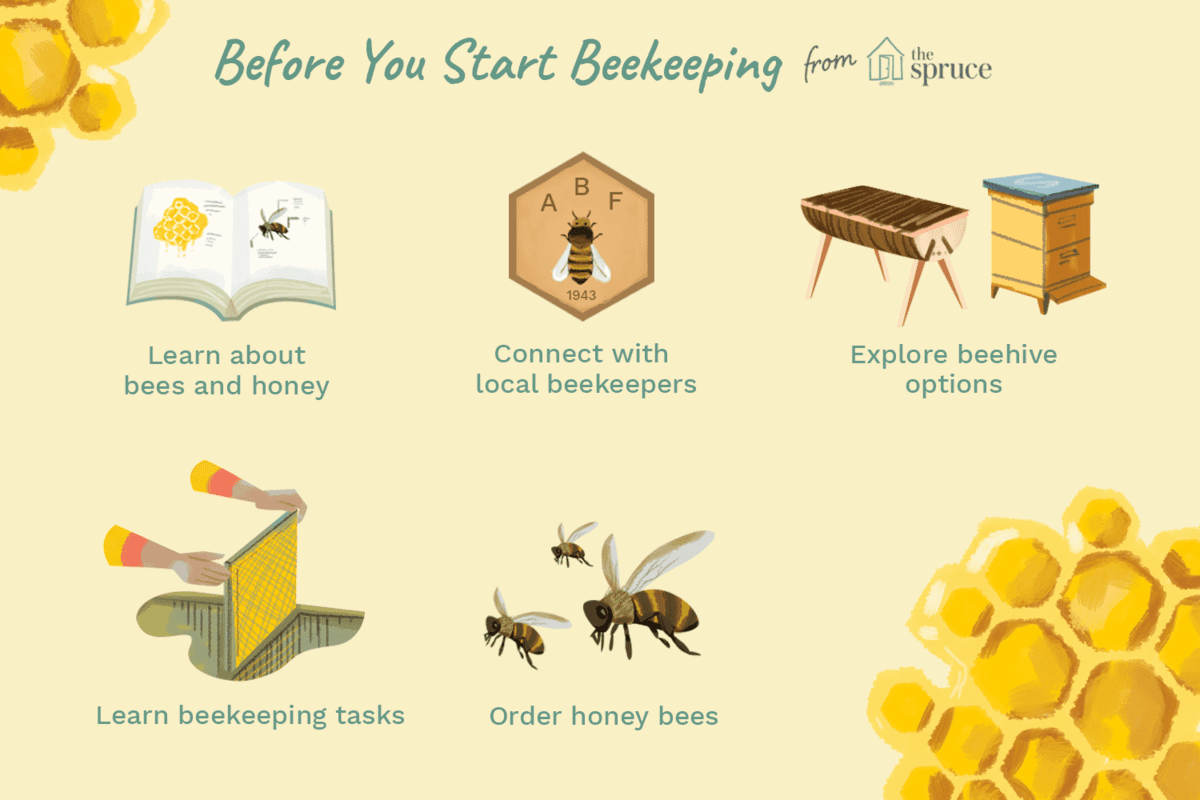Are you interested in beekeeping and wondering how to find a honey bee hive? This guide will help you find the perfect hive for your beekeeping needs. We will discuss the different types of hives available, the best places to look for hives, and how to know if you have found the right hive. Finally, we will discuss some important tips to help you get started with beekeeping. By the end of this guide, you should have a good idea of how to find your honey bee hive and start beekeeping!
Overview of Beekeeping
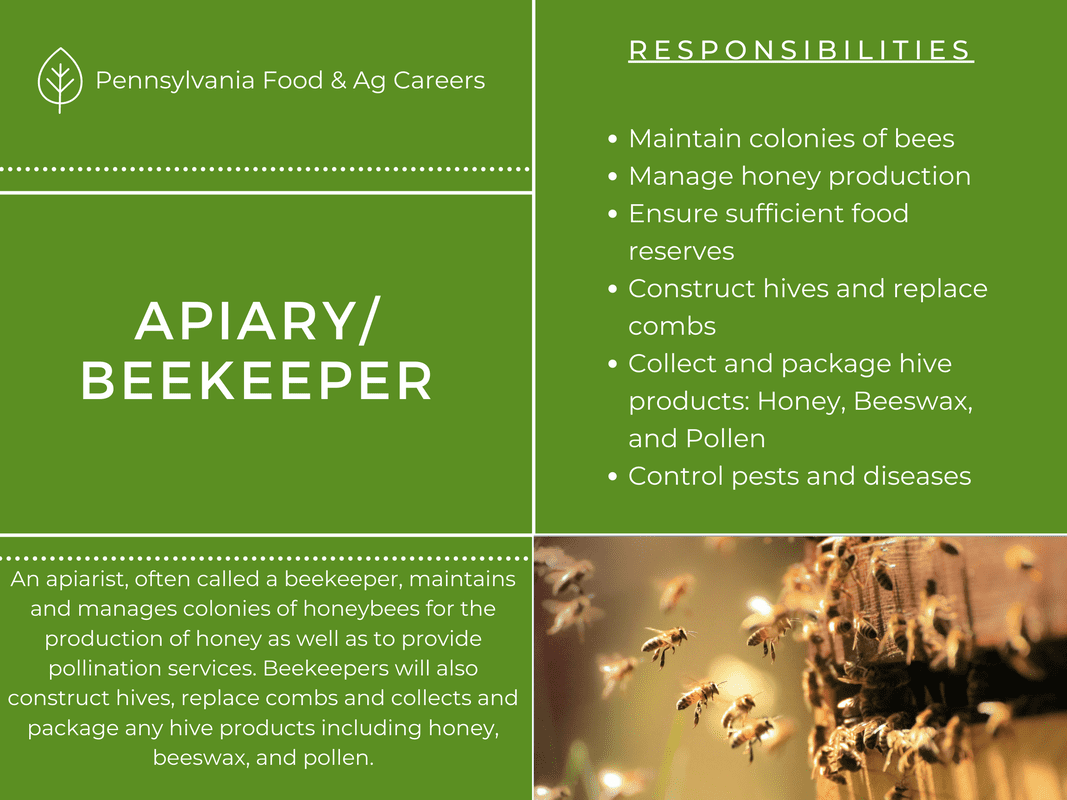
Beekeeping is a popular and rewarding hobby that involves caring for honey bees and harvesting their products, such as honey and wax. To get started, you need to find the right hive and location for your bees. Before you start your beekeeping journey, it is important to understand the basics of beekeeping and how to find a honey bee hive.
Beekeeping requires knowledge of bee habits and behaviors, bee diseases, bee nutrition, and the proper use of beekeeping equipment. It is also important to understand the life cycle of the honey bee and the seasonal care of the hive. Additionally, you will need to know the basics of hive construction and the proper equipment needed to get started.
Finding the perfect spot for your hive is an important part of the beekeeping process. You’ll need to choose a spot that is away from high traffic areas and is exposed to plenty of sunlight. You’ll also need to make sure the area is free from pesticides and herbicides. Additionally, you’ll need to make sure the area is protected from strong winds and extreme temperatures.
Once you’ve chosen the perfect spot for your hive, you’ll need to purchase the necessary beekeeping equipment. This includes a hive, frames, a feeder, a smoker, a bee brush and a hive tool. Additionally, you’ll need to purchase protective clothing, such as a beekeeper’s veil and gloves.
Once you have all of the necessary equipment, you’ll be ready to start beekeeping and find your honey bee hive. With the right knowledge and equipment, you can be a successful beekeeper and enjoy the delicious rewards of beekeeping.
Different Hive Types
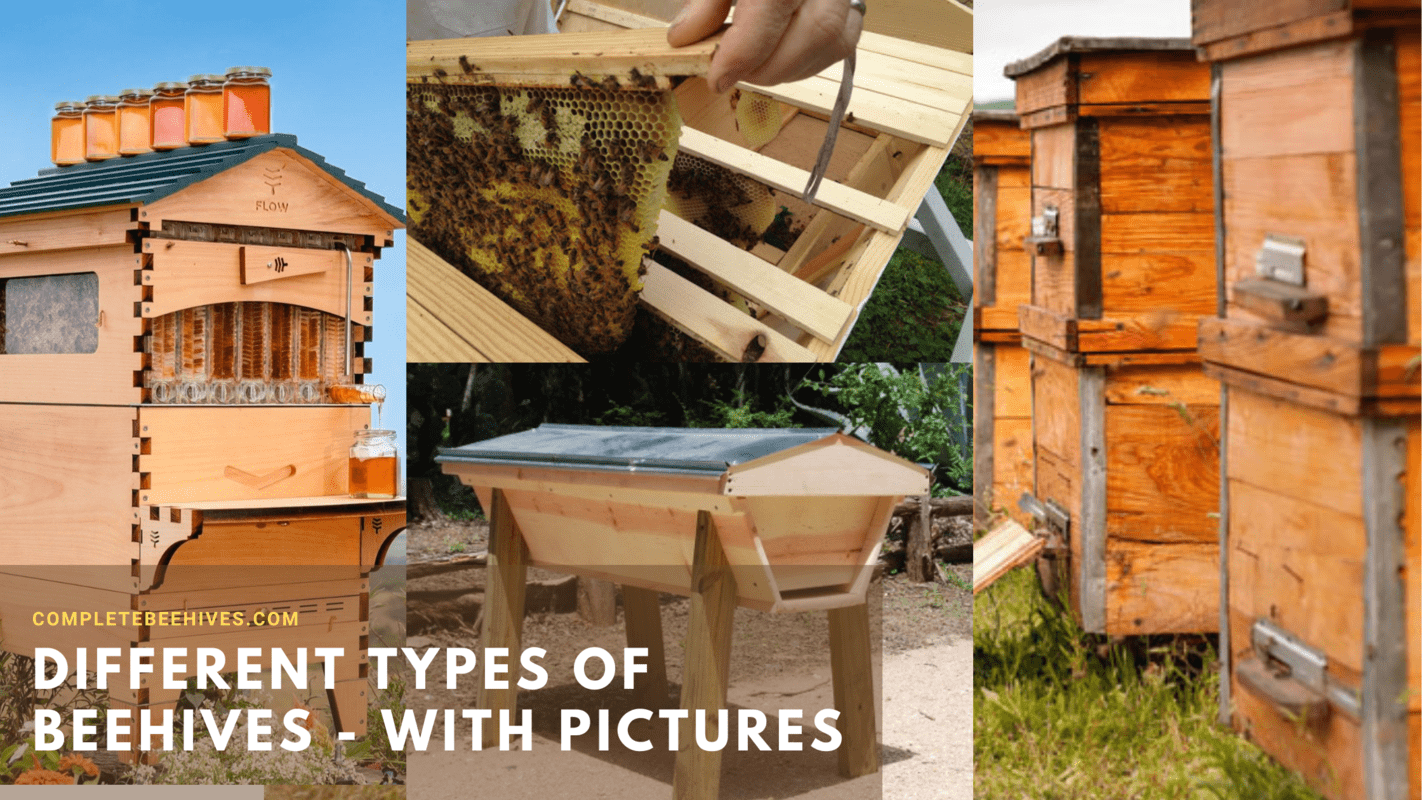
1. Langstroth Hive
- The Langstroth hive is the most common type of beehive used by beekeepers.
- It consists of rectangular boxes, stacked together and filled with frames of beeswax foundation.
- The boxes are designed to allow bees to move freely between them, while still keeping the brood and honey separate.
- The Langstroth hive is a great choice for beginner beekeepers, as it is easy to use and maintain.
2. Top-Bar Hive
- The top-bar hive is an alternative to the Langstroth hive.
- It consists of a single box, with removable bars across the top.
- The bees build their combs from the bars, and the hive can be opened from the side, without having to remove any frames.
- This design makes it easier to inspect the hive and harvest the honey.
3. Warré Hive
- The Warré hive is a vertical hive, similar to the Langstroth hive.
- It consists of stacked boxes, with frames of wax foundation, but the boxes are deeper and the frames are smaller.
- This design allows the honey to be stored in the lower boxes, while the upper boxes are used for the brood.
- The Warré hive is a great choice for beekeepers looking for a more natural approach to beekeeping.
4. Flow Hive
- The Flow hive is a new type of beehive, designed to make harvesting honey easier.
- It consists of boxes, with plastic frames that can be turned to allow the honey to flow out.
- This design eliminates the need for beekeepers to open the hive and extract the honey.
- The Flow hive is a great choice for beekeepers who want to harvest honey with minimal disruption to the bees.
Hive Location
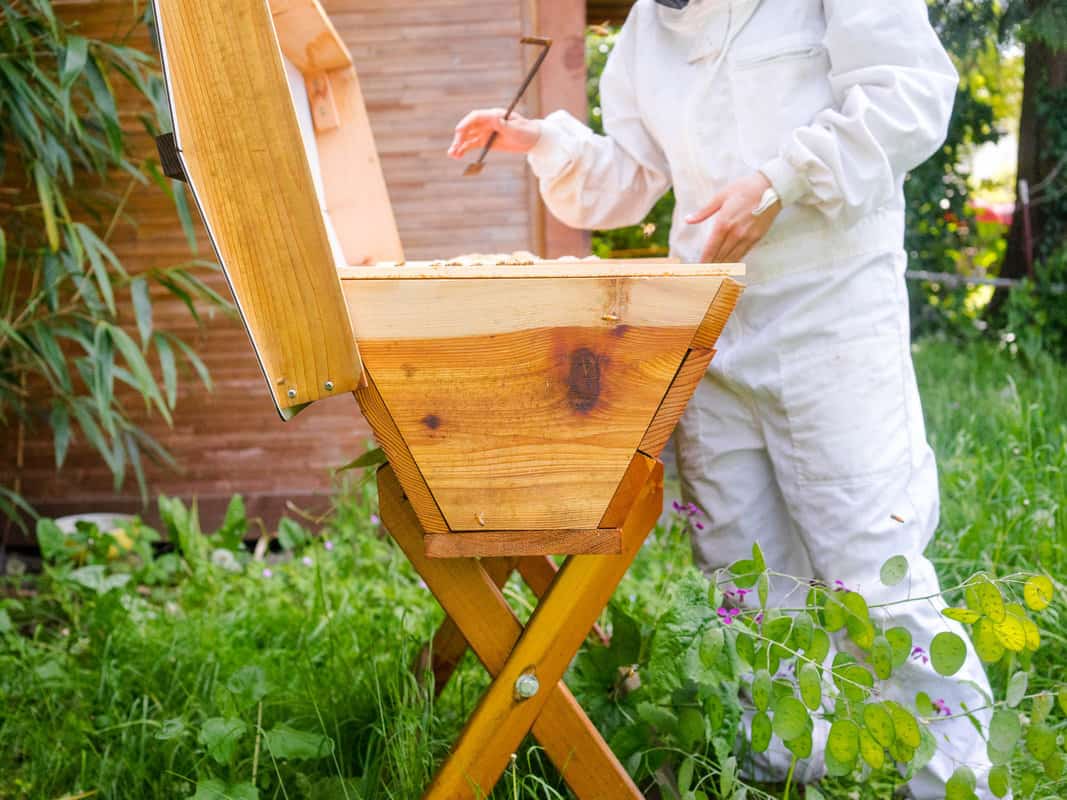
Climate
The ideal climate for a honey bee hive is warm and dry, with temperatures ranging from 65-85°F. The climate should also be consistent, with minimal drastic changes in temperature.
Sunlight
The hive should be placed in an area that receives at least six hours of direct sunlight each day. This will help the bees to regulate their body temperature and maintain a healthy colony.
Shelter
The hive should be placed in an area that is sheltered from strong winds and extreme weather. A sheltered area will also help to protect the colony from predators, such as bears and skunks.
Water
The hive should be placed near a source of water, such as a pond, stream, or bird bath. This will provide the bees with a readily available source of water for drinking and cooling.
Equipment Needed
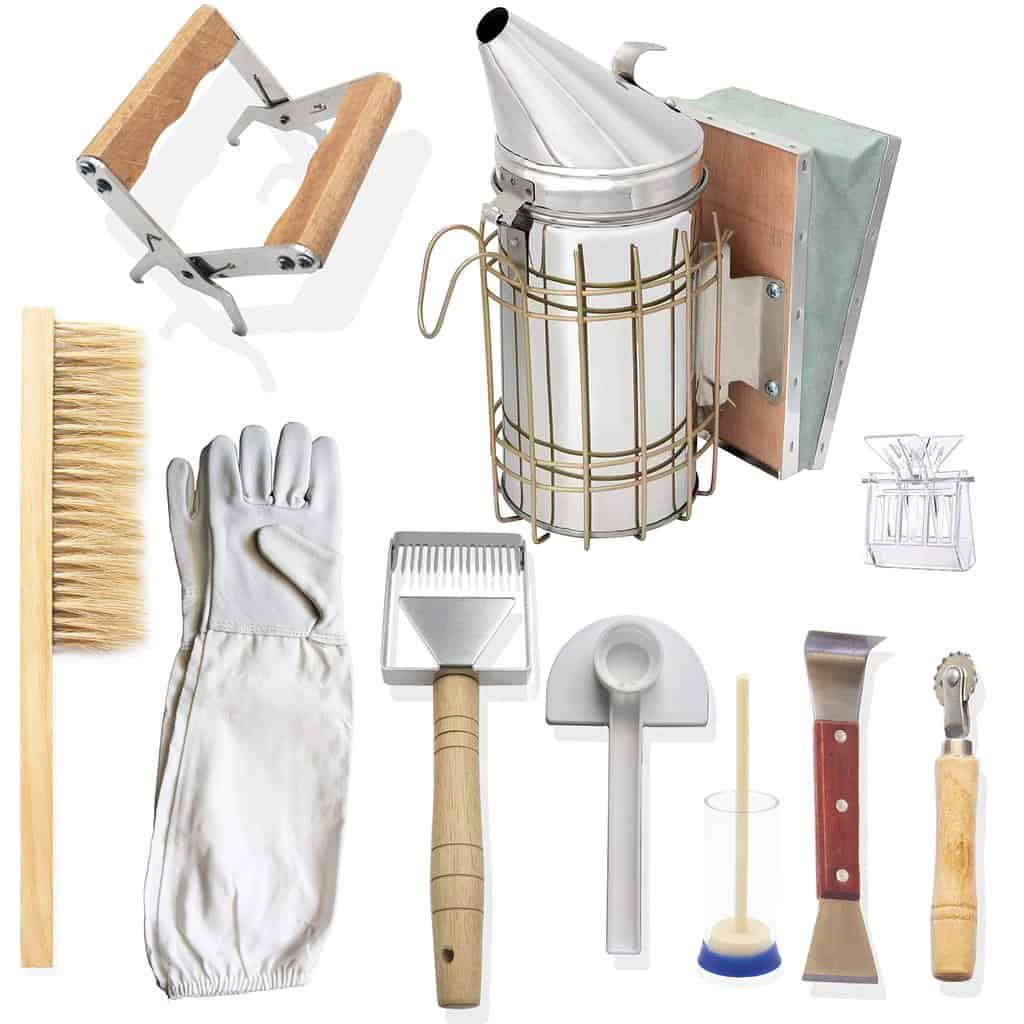
Protective Clothing
Wearing protective clothing is essential for beekeepers to avoid being stung by the bees. This includes a bee suit, gloves, hat, and veil.
Hive Tool
The hive tool is a must-have for beekeepers to open and inspect their hives. It should be made of stainless steel and have a flat blade on one side and a curved blade for scraping on the other.
Smoker
A smoker helps to calm the bees and make it easier to work with them. It should be made of metal and have a bellow to blow smoke into the hive.
Feeder
A feeder is used to provide food for the bees when they are short on nectar. It should be made of plastic and have a wide mouth to pour in sugar syrup or other bee food.
Establishing a Hive
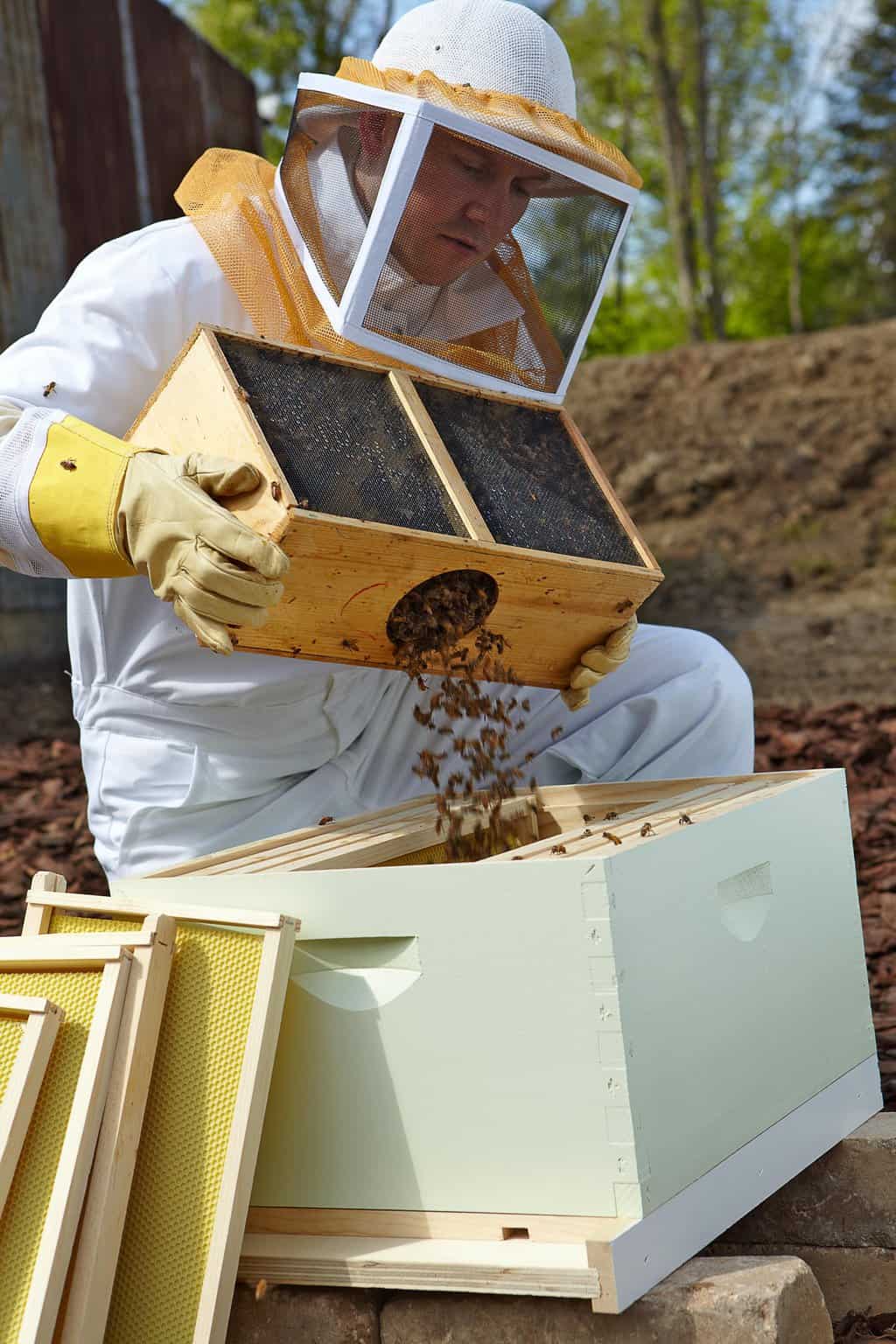
Before you begin beekeeping, it is important to establish a hive in which your bees can live. A proper hive should provide the bees with adequate space to live and grow, as well as protect them from the elements. Depending on your needs, there are several types of hives to choose from, such as the Langstroth, Warré, and Top Bar hives.
Langstroth hives are the most common type of hive used in North America. It consists of boxes, called supers, stacked on top of one another. Each super contains frames filled with beeswax foundation, which the bees use to build their comb. This type of hive is relatively easy to assemble and offers the most room for your bees.
Warré hives are a more natural approach to beekeeping. The Warré hive consists of multiple boxes, called quilts, stacked on top of each other. Each quilt contains frames filled with beeswax foundation, which the bees use to build their comb. This type of hive is more difficult to assemble, but is more natural for the bees since it allows them to build their comb in a more natural way.
Top bar hives are the simplest type of hive. They consist of one long box, with individual bars running along the top. The bees build their comb directly onto the bars, without the need for frames or foundation. This type of hive is the easiest to assemble, but offers the least amount of room for your bees.
| Hive Type | Ease of Assembly | Room for Bees |
|---|---|---|
| Langstroth | Relatively Easy | Most Room |
| Warré | More Difficult | Natural Comb |
| Top Bar | Easiest | Least Room |
No matter which type of hive you choose, it is important to make sure that it is properly constructed and maintained. Make sure to check the hive regularly for any signs of damage or pest infestations.
Monitoring and Maintaining the Hive
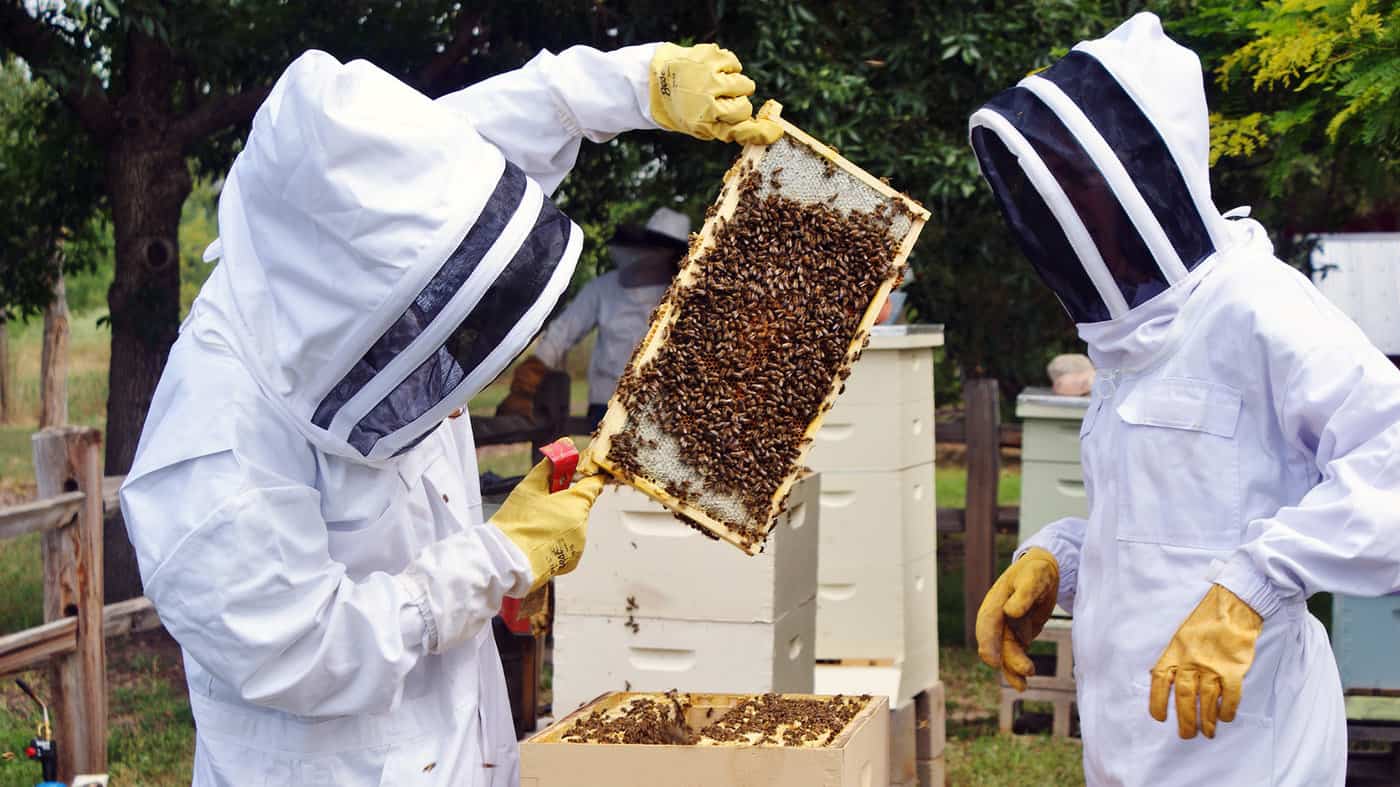
- Check the entrance – Inspect the entrance regularly to ensure that the hive is still healthy. Look for signs of disease, such as ants, wasps, or other pests. If there are any issues, take steps to address them immediately.
- Check the brood chamber – Look for signs of disease or pests in the brood chamber, such as mites, wax moths, or other pests. If any of these are present, take steps to remedy the issue.
- Check the frames – Inspect the frames for signs of disease or pests. If any are present, take steps to address the issue.
- Inspect the honeycomb – Inspect the honeycomb for signs of disease or pests. If any are present, take steps to address the issue.
- Check the food stores – Check the food stores to ensure the hive has enough honey, pollen, and nectar to last through the winter. If the stores are low, feed the hive with sugar water or pollen substitute.
- Check the queen – Inspect the queen to ensure she is healthy and laying eggs. If she is not, take steps to remedy the issue.
Troubleshooting
- Check the hive regularly: Inspect your hive regularly for signs of distress such as increased bee activity and the presence of dead bees. If you find a problem, you may need to take action to save the hive.
- Check the queen: If the hive is not producing enough bees, it could be because the queen is not laying enough eggs. If you find that the population of the hive is decreasing, you may need to introduce a new queen.
- Check the hive temperature: If the temperature outside is too hot or too cold, the bees may be unable to regulate the temperature inside the hive. Make sure to provide adequate shade and ventilation.
- Check for pests: Pests such as wax moths, mites, and ants can be damaging to the hive. Look for signs of these pests and take appropriate action if needed.
- Check for disease: Check for signs of disease such as deformed wings, discolored abdomens, and dysentery. If you find signs of a disease, consult a beekeeping specialist for advice.
Frequently Asked Questions
How Can I Make Sure My Bee Hive is in a Safe Location?
To ensure your bee hive is in a safe location, it should be placed in a sheltered area away from strong winds, direct sunlight, and predators. Consider the flow of the wind and how it may affect the hive. Make sure the hive is away from public areas, as passersby may be scared or disturbed by the bees. Make sure the entrance of the hive is facing away from the prevailing wind, and place the hive at least one meter off the ground. Additionally, make sure the hive is not near any poisonous plants that could be ingested by the bees.
What Tools are Needed to Inspect a Bee Hive?
- Smoker: A smoker is a tool used to calm the bees and make the hive inspection process easier. A smoker consists of a heat source and a bellows, and it produces a smoke that calms the bees.
- Hive Tool: A hive tool is used to open and manipulate the hive and its components. It is made of steel and usually has a curved end and a flat end.
- Veil: A veil is a protective item of clothing that covers the head and face when working with bees. It is usually made of cotton or nylon and helps to prevent bee stings.
- Gloves: Gloves are another item of protective clothing that is used to protect the hands when working with bees. They are usually made of leather or canvas and help to prevent bee stings.
- Protective Suit: A protective suit is a piece of clothing that covers the entire body when working with bees. It is usually made of cotton or nylon and helps to prevent bee stings.
Are There Any Special Considerations I Should Take When Harvesting Honey?
Yes, there are several special considerations that should be taken into account when harvesting honey from your bee hive.
- Make sure you are wearing protective clothing, gloves, and a beekeeping veil to protect yourself from being stung.
- Ensure that you are harvesting the right type of honey – take the time to observe the honeycomb and identify the type of honey before harvesting it.
- If possible, harvest honey during the evening when most of the bees have returned to the hive. This will reduce the chances of being stung.
- Be careful when extracting the honeycomb frames from the hive to avoid damaging the comb.
- Use a bee brush to gently remove the bees from the frames before harvesting the honey.
- Use a honey extractor to spin the frames and extract the honey. This will help to preserve the comb for future harvests.
- Filter the honey before storing it in jars or bottles.
How Can I Protect My Bee Hive From Predators?
To protect your bee hive from predators, there are several methods you can use. First, you can use a physical barrier, such as a fence, to keep predators away from the hive. You can also use chemical deterrents, such as a bee repellent, to discourage predators from approaching your hive. Additionally, you can install a guard-bee system or an electric fence to further protect your hive from predators. Finally, you can use traps or bait to catch predators before they reach the hive.
What Can I Do To Ensure That My Bee Hive Is Healthy?
- Check the Queen: Inspect the queen and make sure she is healthy and present in the hive. Replace her if necessary.
- Monitor the Population: Count the number of bees in the hive regularly, to make sure the population is healthy.
- Check the Frames: Inspect the frames for pests and diseases, and replace any frames that are damaged or diseased.
- Provide Adequate Food: Ensure that the bees have access to a sufficient amount of food, including pollen, nectar, and honey.
- Maintain a Clean Hive: Clean out any debris from the hive, such as dead bees and old honeycomb, to prevent the spread of disease.
- Provide Adequate Ventilation: Make sure the hive has adequate ventilation to prevent overheating, which can kill the bees.
Conclusion
Beekeeping is a rewarding and educational experience that can bring joy to your life. With the right knowledge, you can locate and maintain a honey bee hive with ease. By familiarizing yourself with the beekeeping process and understanding the necessary equipment, you can ensure the health and safety of your bees. With these tips, you can become a successful beekeeper and enjoy the fruits of your labor.
